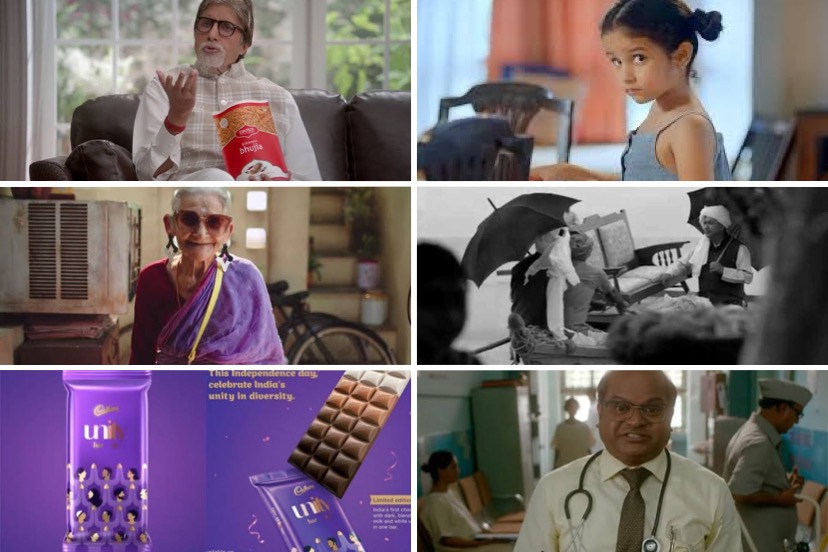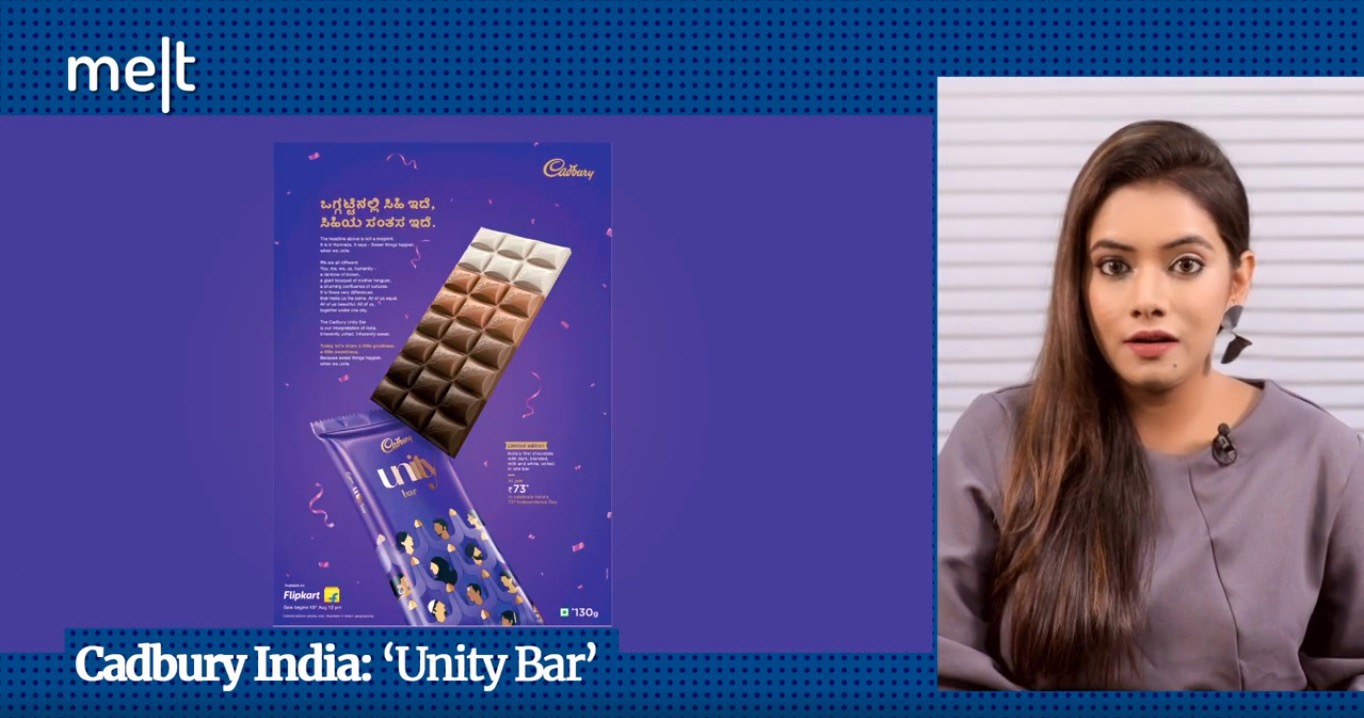This morning, I woke up to an article on Adage which discussed mixed responses to the Cadbury Unity Bar. The article, subsequently, went viral on Twitter which led to more responses, claiming that this move trivializes racism. Why? Because the bar features four types of chocolates – dark, blended, milk and white, segregated in blocks. Many on twitter called it a ‘capitalistic stunt’ by the brand. Some even compared it to Kendall Jenner’s famous Pepsi ad where she ended a protest by giving a police officer a can of soda.
Now, I was a little perturbed. Have these people seen the full ads? Have they read what the ads communicate and more importantly, who they are communicating to?
Take a look below:
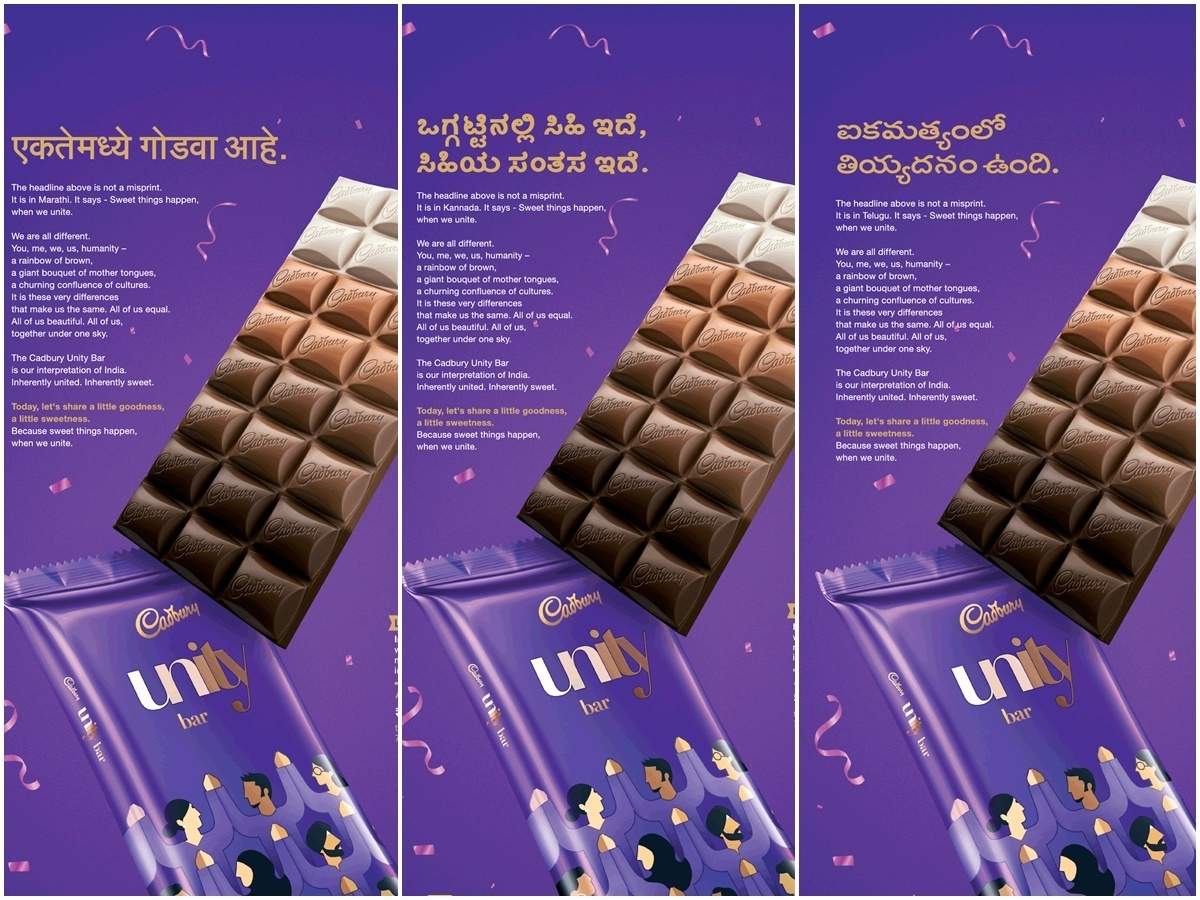
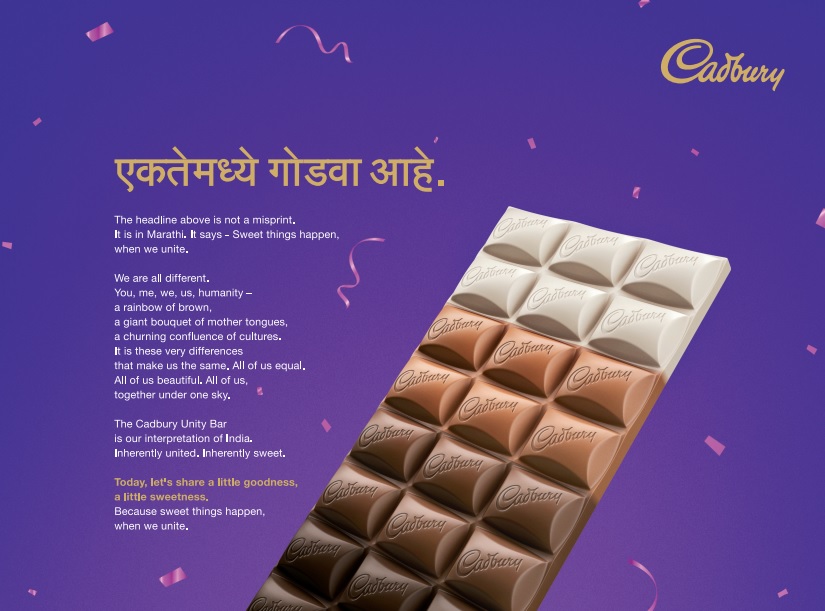
These are the different print ads in English, Hindi, Kannada, Telugu & Marathi.
The copy reads, “… a rainbow of brown, a giant bouquet of mother tongues, a churring confluence of cultures. It is these very differences that make us the same”.
The Unity Bar by Cadbury was launched on Independence Day, earlier this month, as a way to celebrate diversity in India.
And there is a thin line between racism and diversity.
We are a country of 1.37 billion brown people. We have all shades of brown, as important colours of ethnicity. There are 29 states, 9 union territories and more than 19,500 languages are spoken in India. This is the level of diversity we are talking about. The “rainbow of brown” signifies this diversification. When you see a rainbow, the colours are not interspersed. There is a certain pattern. Similarly, with the Unity Bar, Cadbury has not segregated the different flavours to use them as racial metaphors.
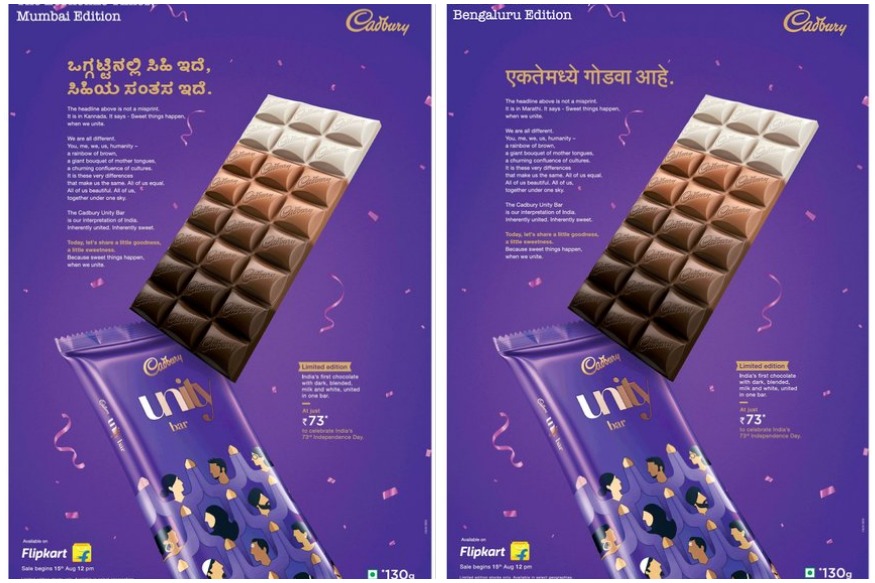
Cadbury launched the Unity Bar by mixing up the print ads of different languages. For instance, there was a full-front-page ad that was published in The Economic Times in Mumbai which ran with a Kannada caption. The print ad in Delhi ran with a Telugu caption and the ad in Bengaluru ran with a Marathi caption. This was to highlight ‘unity in diversity’. It was an excellent move by brand to take the audience by surprise and draw attention to their message.
This Unity Bar was not meant to be a statement on solving racism in America or anywhere else in the world. The bar was created to communicate to an Indian audience – an audience that is so diverse that it cannot be classified into just two skin tones – black and white. It is about celebrating the different shades of brown. Western culture and media need to understand and be open to different people around the world. Every piece of work cannot be looked through the lens of your taste. This is why context matters more than ever in advertising today. These days, most people react immediately upon seeing division. It is easy to make a statement on social media but you cannot see the rest of the world through the same glasses. You cannot put the same template everywhere.
While I agree that brands need to be sensitive while handling topics like race, religion, gender and sexuality, readers also need to understand the context before jumping the gun!
As they say, the world is more than just black and white!
